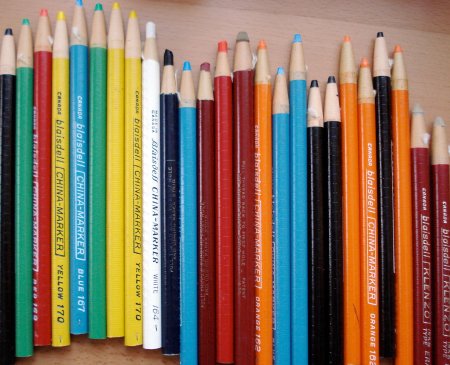
Does anyone remember these? Or still use them?

Known as grease markers or china markers, these pencils have wax colour cores, and are wrapped in paper that one tears off link by link. I remember these always being around the house when I was growing up, yet can’t recall what they were used for.
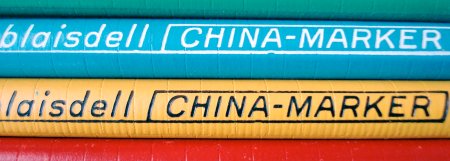
Still manufactured, I’ve seen them used for traditional purposes such as marking glass and ceramics, but also for more modern tasks such as marking laminated calendars and restaurant seating plans.
These particular ones date from perhaps the 1980s, and are branded Blaisdell. The box says they were made by Eagle/North-Rite, a division of Berol of Canada. All these long gone names!
This article from Stanford credits Blaisdell with inventing this format of grease pencil.
Also shown is a cousin, the Klenzo Ink & Type eraser.

To reveal more lead, one pulls the string, breaking the top layer of the coloured paper. Then, the paper is uncoiled. A simple solution that works well! I think it would be very interesting if the paper had fortunes or small quotations printed on the coils, but that might be a bit distracting.
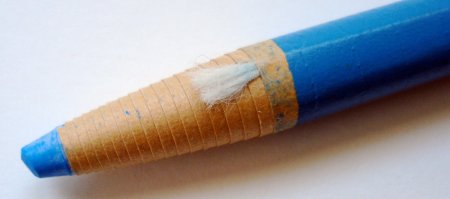
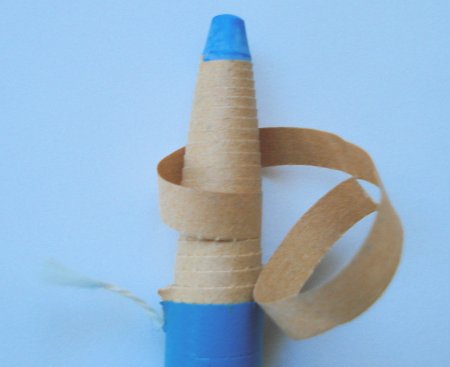
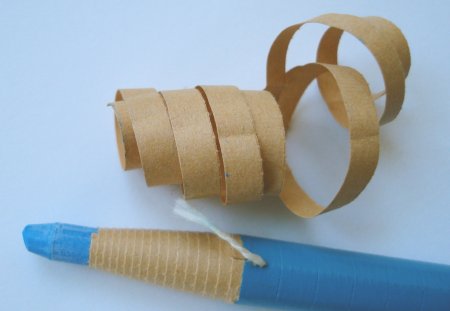
They come in bright colours, no subtle forest shades here!


Hello, Great article!! Our company manufactures an All-Write Wax Pencil – a.k.a. China Marker.
It’s amazing!! No shaving mess and no string getting stuck when trying to pull of the shaving. Just twist to get more wax lead. It won’t melt in direct sunlight and will write under water. The coolest part…. Our blind employees help manufacture these wax pencils. Lowe’s will be selling these online and in their stores too.
Feel free to reach out.
Julie – JHelling@alphapointe.org or call 816-507-2187.